It is believed that Apical Periodontitis develop in teeth where the pulp is necrotic. However, some studies show that remnants of vital pulp tissues might still be in the canal […]
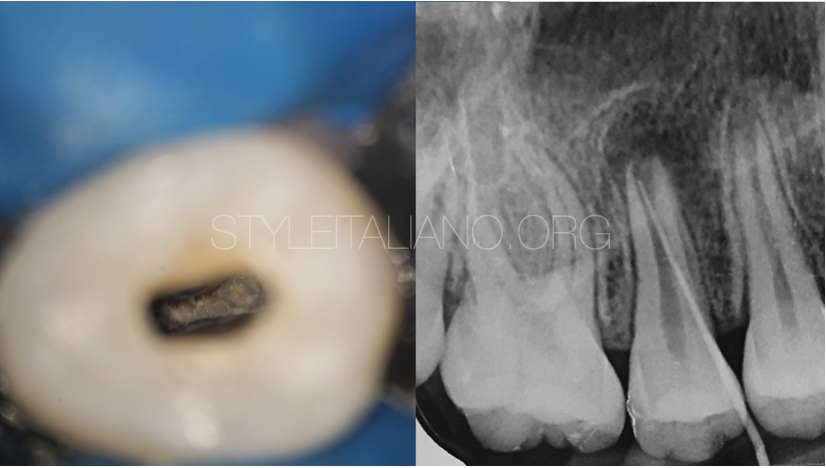 Immature tooth with apical periodontitis and sinus tract undergoes apexogenesis. A case report.
Immature tooth with apical periodontitis and sinus tract undergoes apexogenesis. A case report.
It is believed that Apical Periodontitis develop in teeth where the pulp is necrotic. However, some studies show that remnants of vital pulp tissues might still be in the canal […]
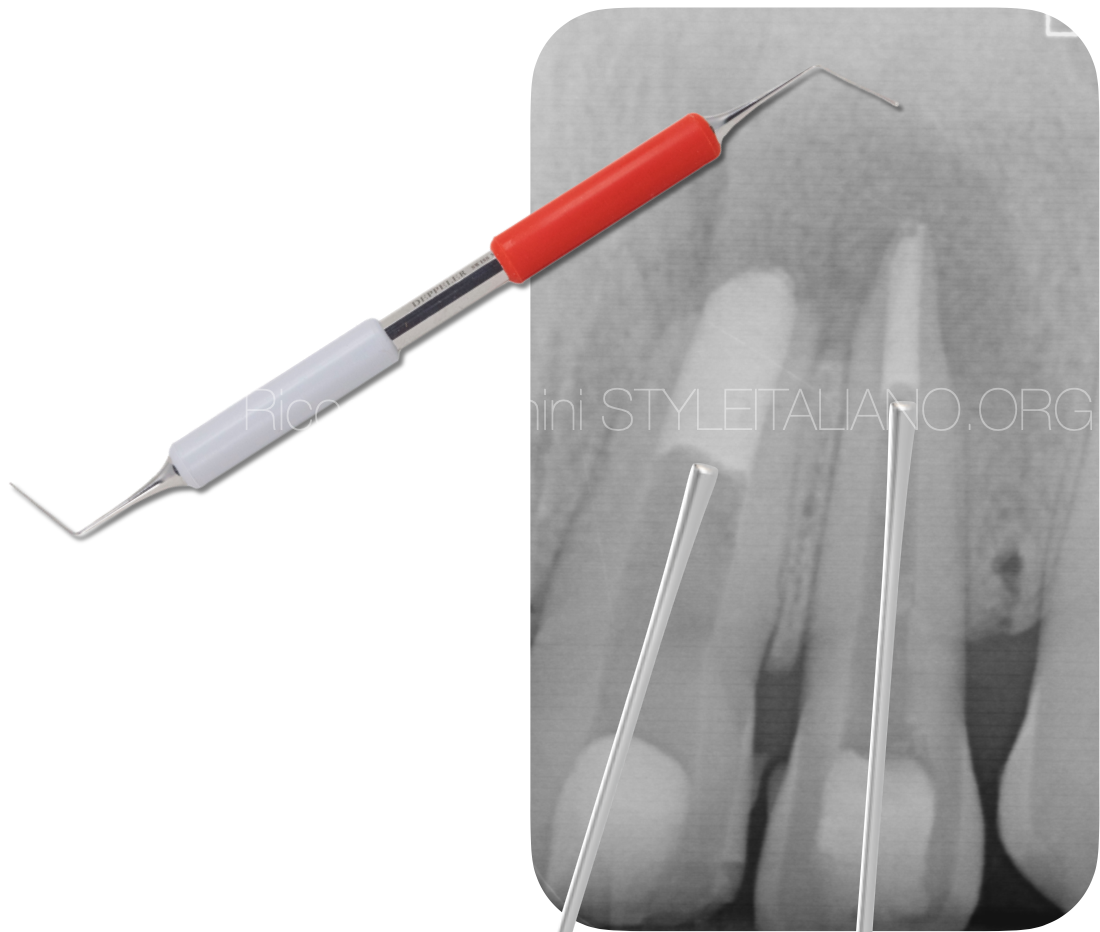 Prexo as new plugger for the ideal MTA apical plug
Prexo as new plugger for the ideal MTA apical plug
MTA apical plug still represents a gold standard procedure for permanent sealing of the apexes of different sizes. The precise and controlled placement of this material is always intended and […]
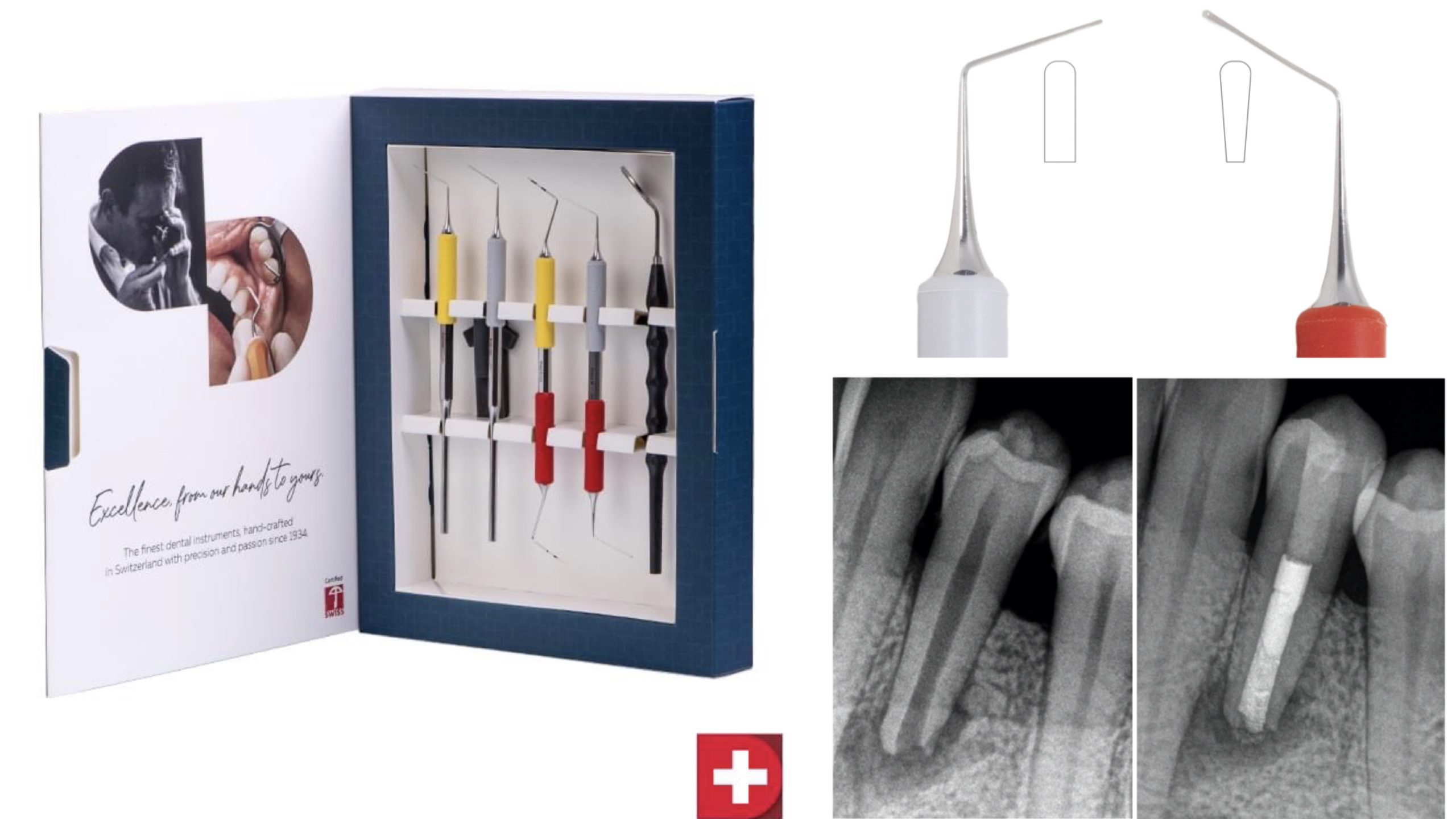 MTA apexification procedure of an immature mandibular premolar with a necrotic pulp using Deppeler’s Smart Endo Kit
MTA apexification procedure of an immature mandibular premolar with a necrotic pulp using Deppeler’s Smart Endo Kit
Dens evaginatus (DE) is an unfrequent anomaly of the occlusal central groove or lingual ridge of the buccal cusp of posterior teeth described as an abnormal tubercle. Although its occurrence […]
 Wide and Wild: how to manage in a predictable way an open beveled apex
Wide and Wild: how to manage in a predictable way an open beveled apex
This article shows the managment of a difficult retreatment. An irregular anatomy can put the clinician in front of different procedural difficulties and an improper retreatment could compromise definitively the […]
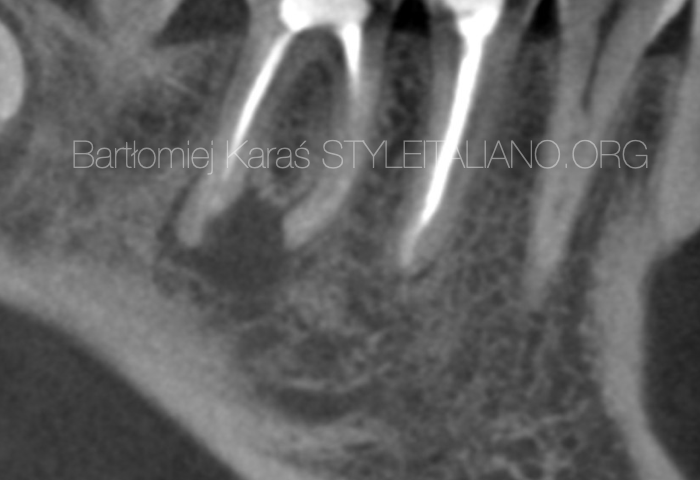 Management of the apical inflammatory root resorption
Management of the apical inflammatory root resorption
Apical inflammatory root resorption (AIRR) is one of the challenges that can happen during root canal treatment. Mostly it is associated with apical periodontis, but can occur after traumas, orthodontic […]
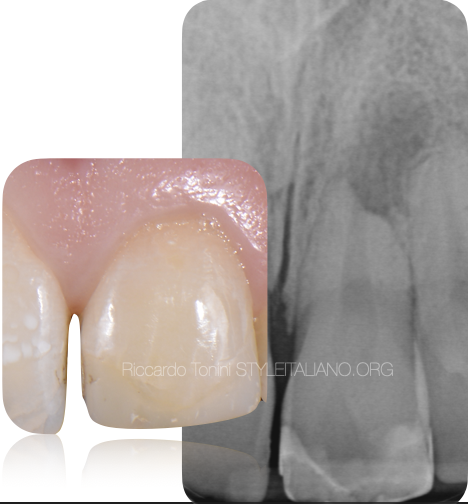 Endodontic treatment of an immature necrotic tooth
Endodontic treatment of an immature necrotic tooth
A 19 years old patient with a traumatized upper central incisor and a non esthetic diastema came to my office. Considering the age of the patient it has been decided […]
 Non-surgical endodontic retreatment of a maxillary central incisor with open apex using MTA Apical Plug Technique
Non-surgical endodontic retreatment of a maxillary central incisor with open apex using MTA Apical Plug Technique
The major goals of root canal treatment are to clean and shape the root canal system and seal it in 3 dimensions to prevent reinfection of the tooth. Although initial […]
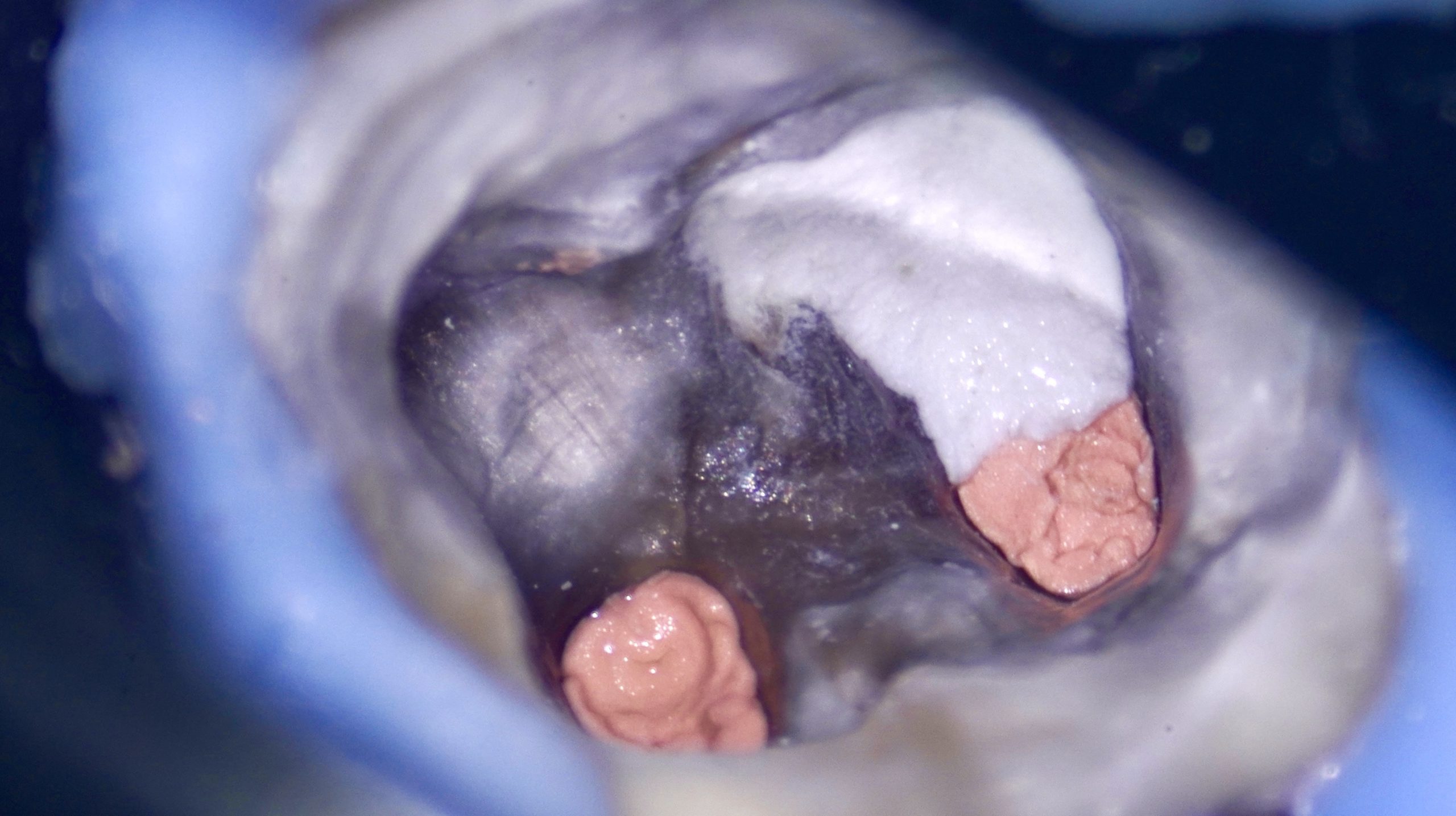 Huge Perforation!
Huge Perforation!
Retreatment is one of the biggest challenges for the clinician due to the unexpected surprises, prognosis and diagnosis which may be tricky in many situations. In this case, this female […]
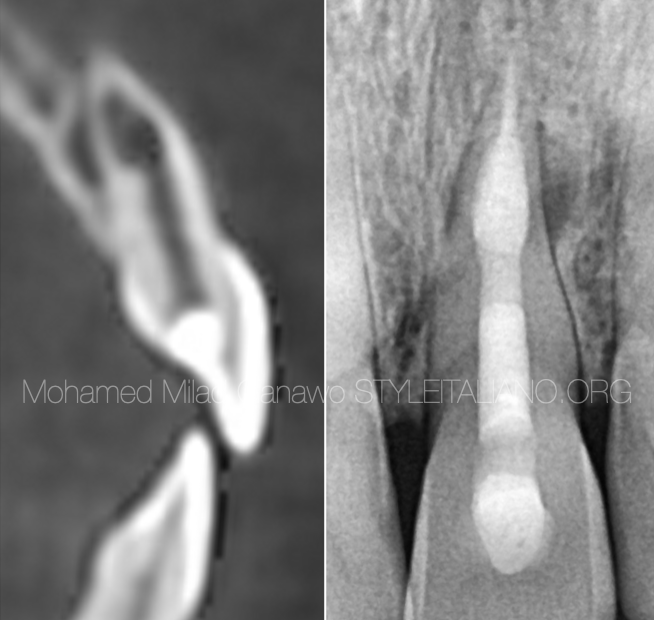 Management of internal root resorption in a maxillary central incisor
Management of internal root resorption in a maxillary central incisor
Root resorption is a particular physiologic or a pathologic pulpal disease associated with loss of dentin, cementum, and/or bone. This resorption may occur following different types of injuries, including chemical, […]
 Regenerative endodontics: A Reliable Option
Regenerative endodontics: A Reliable Option
Various regenerative endodontic treatment (RET) protocols have been suggested with differences mainly in the disinfection technique used, intracanal medicaments, scaffold systems, and coronal filling materials. In order to reduce such […]
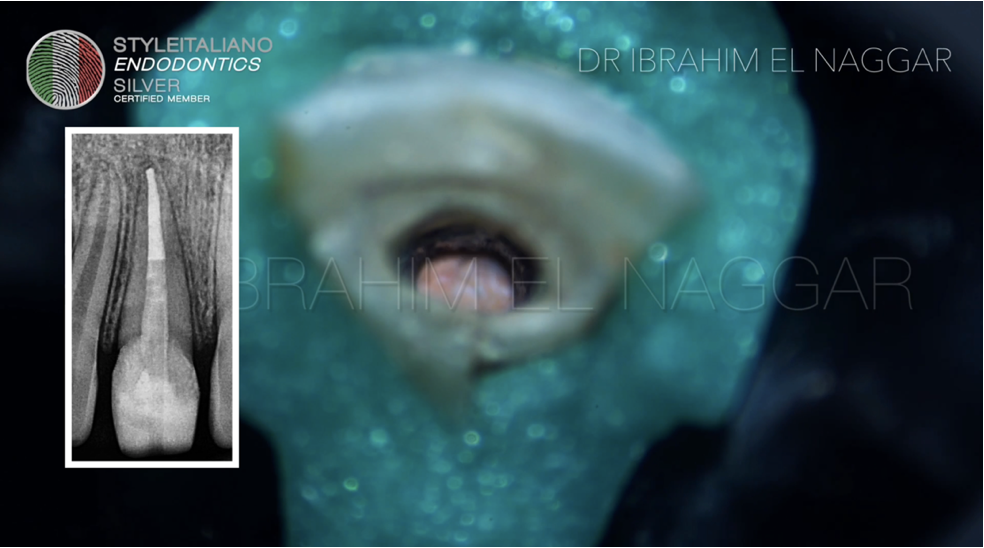 Retreatment Series: Episode 2
Retreatment Series: Episode 2
Root canal retreatment seems to be one of the biggest challenges in the Endodontic therapy, in the retreatment episodes we will review different scenarios with different cases. In Endodontics we […]
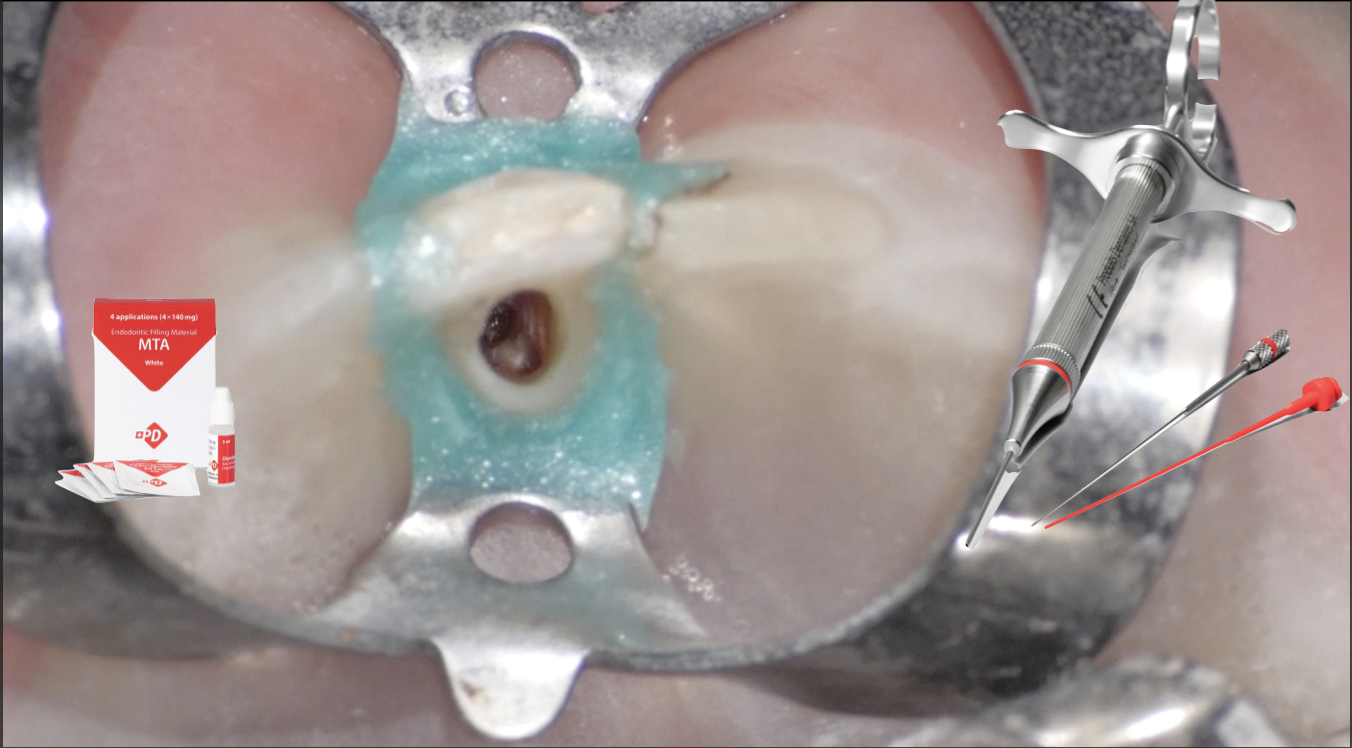 The management of a buccal perforation in a lower incisor
The management of a buccal perforation in a lower incisor
Root perforations are characterized by a communication between the root canal system and the external tooth surface. They are caused by a pathological process or an operative procedural accident. When iatrogenic, they can occur during […]